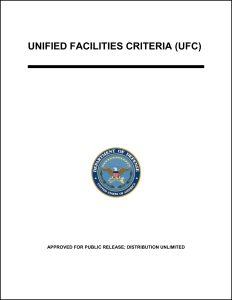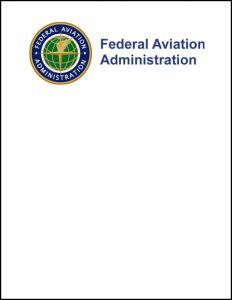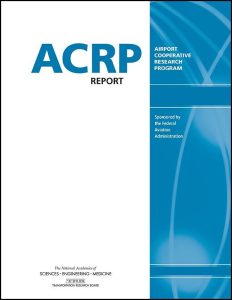To narrow the library of airside resources, use the filter boxes or airport map below or search box above.
Click an item below to expand.
Resources Matching Your Search
2020
This manual provides standardized airfield, heliport, and airspace criteria for the geometric layout, design, and construction of runways, helipads, taxiways, aprons, landing zones (LZs), short takeoff and vertical landing (STOVL) facilities, unmanned aircraft system (UAS) facilities, and related permanent facilities to meet sustained operations for U.S. Army, Navy, Air Force, and Marine Corps airfields.
2001
This document establishes general concepts and criteria for the design of airfield pavements for the U.S. Army, Navy, Air Force, and Marine Corps. This document prescribes procedures for determining the thickness, material, and density requirements for airfield pavements in non-frost and frost areas. It includes criteria for the California Bearing Ratio (CBR) procedure and elastic layered analysis for flexible pavements and the Westergaard analysis and elastic layered analysis for rigid pavements. The elastic layered analysis for rigid pavements covers only plain concrete, reinforced concrete, and concrete overlay pavements.
2001
This document presents criteria for the evaluation of the load-carrying capacity of pavements used (or to be used) for the support of aircraft. An evaluation is conducted to assess the allowable traffic that a pavement can sustain for given loading conditions or the allowable load for a given amount of traffic without producing unexpected or uncontrolled distress. This document is for use in evaluating U.S. Army, Air Force, Navy, and Marine Corps airfields and heliports and is applicable to conventional-type pavements. The procedures presented include direct sampling and non-destructive testing techniques. The document also describes computer programs that can be used for pavement evaluation.
2021
The FAA does not have the statutory authority to regulate airports operated by U.S. Government agencies, including airports operated by the U.S. Department of Defense (DOD). The revised Part 139 clarifies that the rule does not apply to these airports (see § 139.1(c)(2)). However, in some instances, Part 139 requirements will apply to a civilian entity that has responsibility for a portion of an airport operated by the U.S. Government.
2009
ACRP Report 29 evaluates alternative materials that could be used for an engineered material arresting system as well as potential active arrestor designs for civil aircraft applications. Currently, there is only one manufacturer that has been approved by FAA. This report provides an evaluation of (1) cellular glass foam, (2) aggregate foam, (3) engineered aggregate, and (4) a main-gear engagement active arrestor system. Airport operators will find the updated cost information and performance considerations useful; airport planning firms will be aided by evaluating future options with respect to runway dimensions and land requirements; and manufacturers of alternative products will be encouraged to see the performance characteristics of other materials and the potential process by which they may be able to gain approval.


